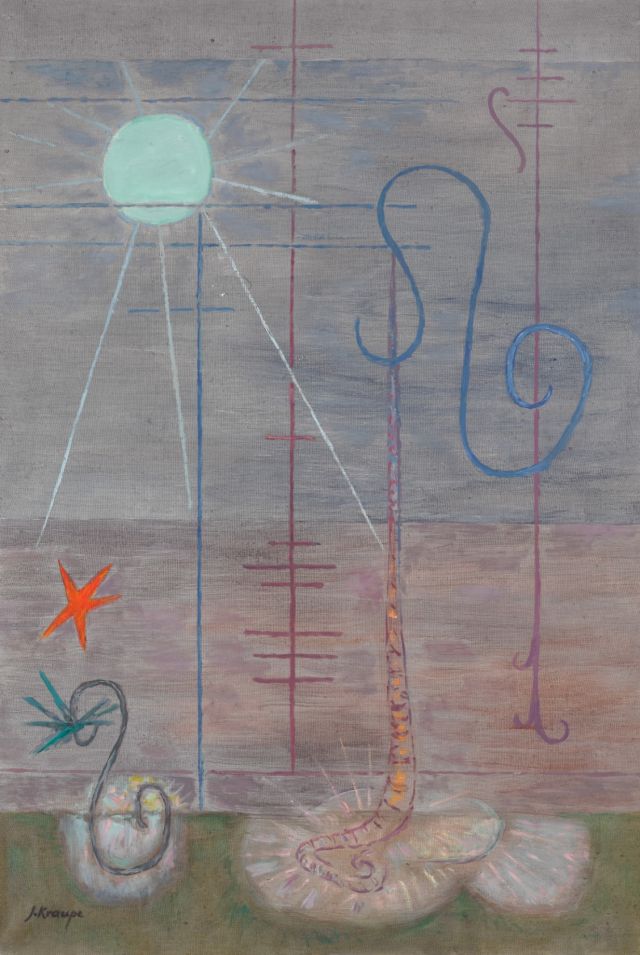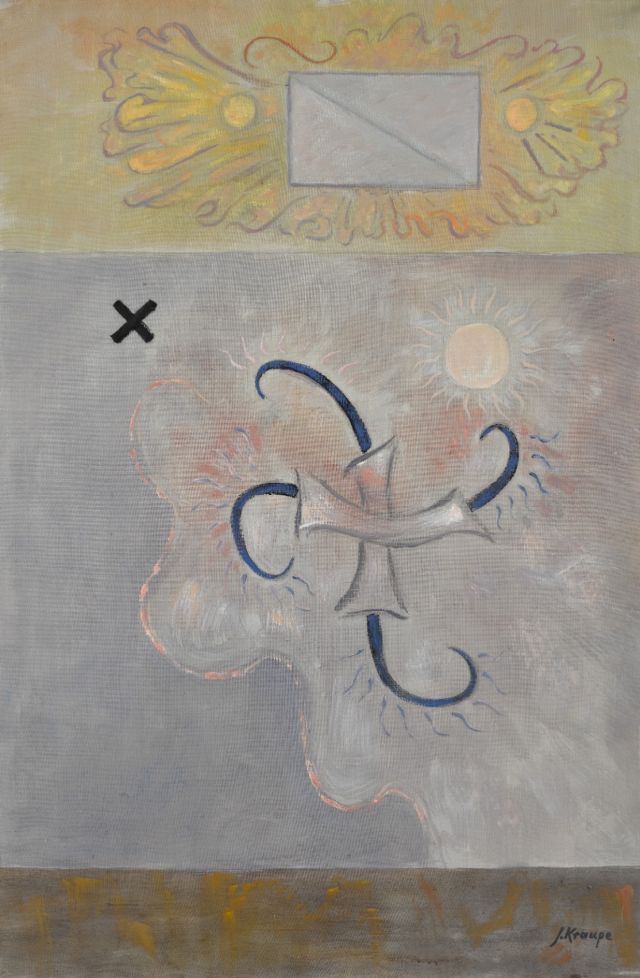BMW Art Guide by Independent Collectors
Michał Borowik
Michał Borowik Collection – Warsaw, Poland

Are there any collector's traditions in your family?
I started my adventure with art quite early – at the age of 19, which is not a rare case in the world. I once read a very interesting article in the American press about a legendary collector who promoted, among others, the work of Pablo Picasso and thanks to whom cubism owes the way it is today perceived. It turned out that Daniel-Henry Kahnweiler was 23 years old when he opened his first Paris gallery. I think I started collecting at the right time, albeit by accident and without any background knowledge. Overall, my passion was born out of deficit, limitations, and a strong need for change. There was no tradition of art collecting in my family, but we were close to the artistic environment of BWA in Zamość and Gallery 72 in Chełm. At the start, I had no money or idea about the art market or the rules that govern it. I relied solely on my intuition and luck towards people. In addition, for quite a long time, I lived in the PRL conviction that art is bought only by state institutions and only in them can it be watched. I understood that after the achievements of collectors of the nineteenth century (Ignacy Korwin-Milewski, Edward Aleksander Raczyński, Feliks Jasieński), Polish art broke out of the traditional framework of its creation and entered the process of thorough transformation. Another intense decade, from the catastrophe of the Polish Tu-154 in Smolensk to the SARS-CoV-2 pandemic, is behind us.
What is the main idea of the collection and what decided about it?
My collection, for most of the years of its creation, was based on sacrifices. Also in the sense that I neither want nor can have "everything". It is based on very subjective, personal criteria and specific emotionality. I buy ambitious art that is close to me, that I like, that inspires, that is important and intriguing. I am not interested in aesthetic shells that serve as decorations or are only fashionable. I am close to, among other things, the work on memory and the way of perceiving. How much we are actually able to see and how far our sight reaches. I believe that we live in interesting times, but at the same time difficult, anonymous, large-format, corporate. These are times of post-truth, fake news, crises, overproduction, uncertainty, conflicts, pandemics, and at the same time, credit routine, restrictions, boredom, insensitivity. Each of us tries to find ourselves, our role and destiny in this. The collection is my form of expression, my personal commentary. One of the works, a photograph by Mateusz Sadowski entitled Looking to the End, in a special way encourages me to cross the boundaries of perception, to reach beyond the horizon of what is shown to us. Thanks to new technologies, we are more up-to-date, "omniscient", but paradoxically our field of vision narrows and polarizes. We look at ourselves in our own digital reflections. The collection also poses a fundamental question about the roots, our origins, ancestors, defined boundaries, traditions towards which we must find ourselves. Hardly anyone remembers that the practice of collecting has a turbulent history in Poland, rich in fantastic projects and spectacular acts of looting. Hostilities and occupation caused the dispersion or complete destruction of many collections, and the real opportunity opened only after 1989. Today, I ask: What image of our times will we leave to others? More than 10 years ago, I explored the boundary between photography and painting, the relationship between the eye, the camera and the surface of the painting. I discovered Czułość gallery and became fascinated with what Witek Orski does. These were his photographs that I ran with on the roof of Sofitel Victoria for the first photo sessions for magazines, to infect others with my passion for collecting. At the same time, I wondered what modern photography is in the age of social media and in view of the fact that through Instagram we have posted the most photos in the history of mankind. Other discoveries, from over five years ago, are the artists creating the current Potencja gallery: Karolina Jabłońska, Tomek Kręcicki, Cyryl Polaczek. Currently, I devote a lot of attention to surrealism, women and spirituality in art. I discover an omitted part of the Kraków Group and the phenomenal artist Janina Kraupe, who, in her work, immerses herself in theosophy, observations of the micro and macrocosm, stars and the world as the sum of everything. All modernism grew out of theosophy, but the Bauhaus current has in some way hid the theosophical trend and I am trying to rediscover it. Recently, I added to the collection several works by the Ukrainian artist Nikita Kadan and Lera Dubitskaya from Belarus.
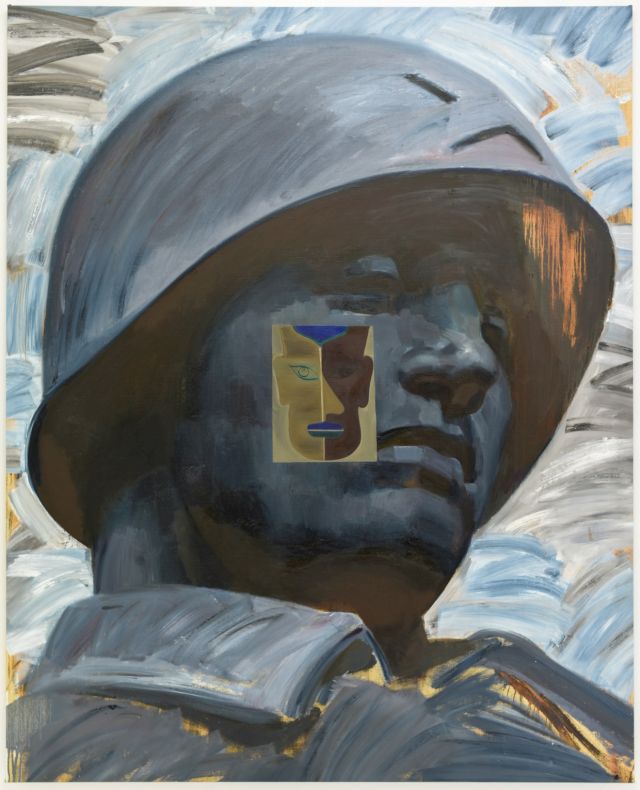
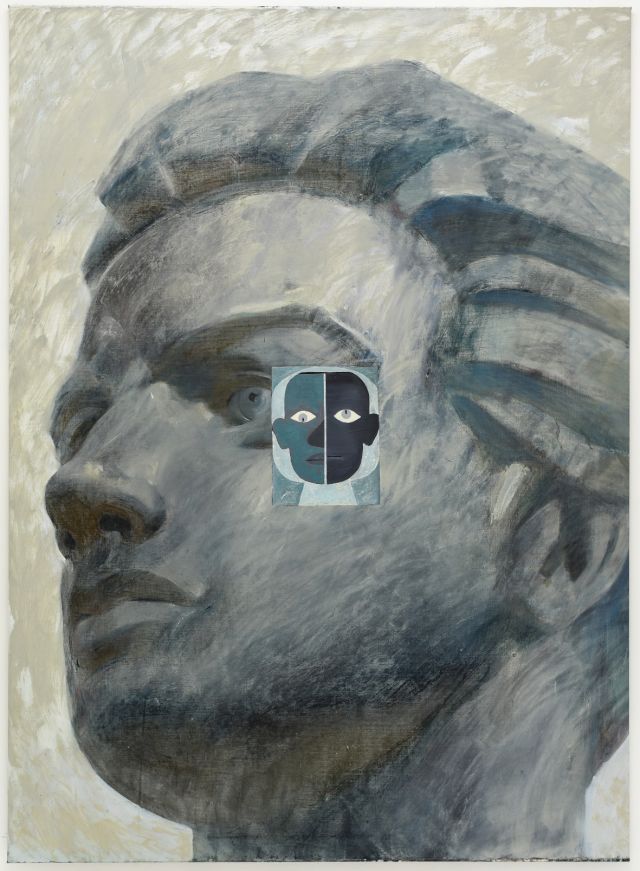
What emotions does collecting trigger?
My approach is extremely different from most people who rather ride the wave of emotions liberated by art. For me, the explosion of endorphins occurs in crisis moments, extremely uncomfortable, when there is a bigger problem to solve or when I can somehow contribute to changing or improving the situation of the other person. The easiest way for me would be to refer to 2020 and difficult experiences, but also to the great opening of eyes and rearranging. We were all looking for different ways than before to perceive and to deal with different realities. For me, once again, art turned out to be a turning point, and a close bond with artists, analysis of their work, current problems triggered in me, in the long run, layers of empathy, tenderness, sensitivity, creativity. Exactly with this baggage of experience, after 15 years of collecting, I founded the Borowik Foundation and initiated on March 30, 2020 on Instagram the Polish Art NOW – Art of Solidarity! campaign, a nationwide and independent movement to support artists, operating in the visual arts sector who, due to the coronavirus pandemic, lost the opportunity to earn income from their artistic activities. During the most severe lockdown, all cultural institutions and art galleries in Poland and abroad were closed, and exhibitions and fairs were cancelled. Many artists were left without work overnight and de facto without the possibility of taking up any gainful activity. Through social media, I managed to promote and sell nearly two thousand works of art, and the amount from their sale – over PLN 450,000 – in 100 percent and directly, went to the most needy artists. At that time, it was the only social campaign of this type in Poland, which gave artists the opportunity to show solidarity and directly earn money on the sale of their works. I organized the whole campaign all by myself, and by June 2020, I had gathered a huge and engaged community around it – over 12,000 people from Poland and abroad – which may contribute to further changes in the traditionally perceived world and the art market. At that time, for the first time on such a large scale, I gained thorough knowledge and insight into the condition of contemporary art, its recipients and buyers, the market, as well as artistic environments.

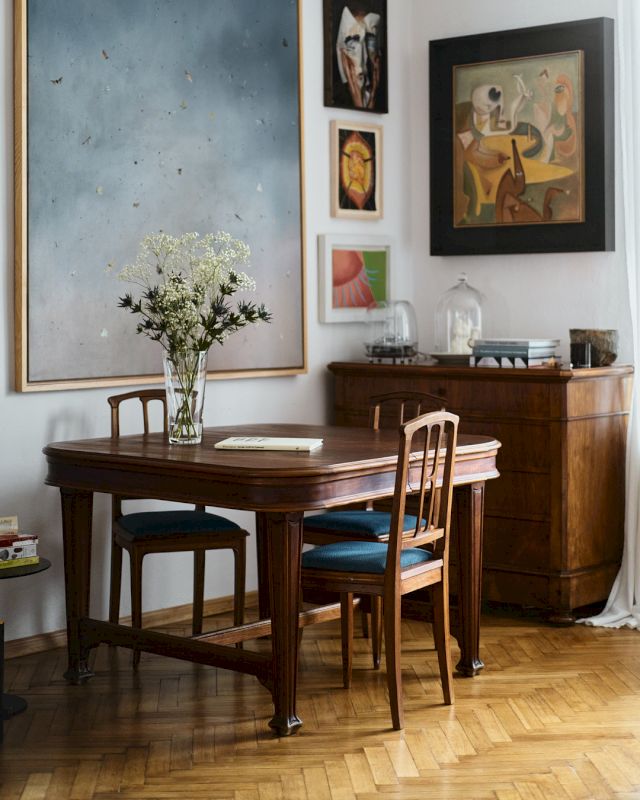
What is the purpose of publishing catalogs of private collections?
The average "lifetime" of a collection is about 30 years. It consists of several stages, the last of which are the study of the collection and its scientific description in the form of a publication, crucial for spreading the knowledge about it and, unfortunately, undertaken only by a narrow group of collectors. Nowadays, we are still fascinated by the possibilities of new technologies and social media. We cannot imagine everyday communication without entering virtual reality, which has largely replaced the traditional publishing market. Currently, I believe that well-developed printed materials are more durable, more precious, nobler, more valuable, but their reach is definitely smaller compared to the possibilities of the Internet.
Is organizing an exhibition of the collection a collector's dream?
The purpose of the collection would be achieved if it gave pleasure to someone watching it and understanding it. We are at a moment when the promotional role of galleries ends, and the burden of these activities falls on artists, institutions... and collectors. In 2008, I made the first collection website on a WordPress template and thanks to that I showed a selected part of the collection to a wider audience. I also developed the visual identity of the collection, which I use to this day. These were in no way planned activities out of need of gaining popularity. The collection was made public intuitively, out of a desire to educate the public and to show that it is possible to act differently, better than in a banal and simple way. The truth is that 15 years ago, I did not expect that my collection would ever be noticed by someone, but even then, I knew that I was not creating it only for myself, for purely selfish reasons. I keep saying that idealists are always sexier than realistic cynics – they mean something, they fight for something, instead of complaining on the couch. I want to constantly prove that collecting is something valuable, and Polish contemporary art is more than just an aesthetic epidemic of culture. This spontaneous action resulted in numerous international contacts, including Independent Collectors, BMW and, consequently, the first exhibitions of the collection, visits of foreign critics, curators, journalists. In 2010, I posted the first publications about the collection on Instagram. I started writing articles. New technologies make it easier for me to quickly contact and reach the artists I am interested in and allow me to share knowledge and insight with collectors from around the world. It is currently the main tool that I use in discovering new talents or interesting exhibits.
